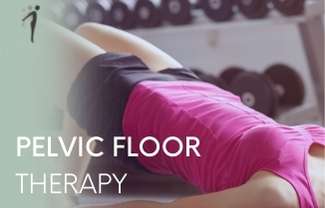CLINICAL PILATES
The Pilates exercise method was developed by Joseph Pilates, who was born in Germany in 1880 and grew up with asthma, rachitism and rheumatic fever diseases since childhood.
CLINICAL PILATES
The Pilates exercise method was developed by Joseph Pilates, who was born in Germany in 1880 and grew up with asthma, rachitism and rheumatic fever diseases since childhood. Joseph Pilates has been involved in gymnastics and boxing since childhood, and later became interested in eastern cultural physical activities and took an interest in karate and yoga. By combining gymnastics and yoga exercises, he created the pilates exercise method, which includes the philosophy of “strengthen your body and empty your mind” (Latey, 2001; Winsor, 1999).
Pilates is divided into two application methods: mat work and reformer (reformer, cadillac, barrel, chair, spine connector, etc.). Matwork Pilates consists of 34 exercises developed by Joseph Pilates. This movement repertoire consists of combinations of strength, mobility and stretching exercises. The main purpose of 34 pilates exercises is to maintain lumbopelvic stability. In addition, it was created to increase flexibility, endurance, postural and body awareness and to correct muscle imbalance.
Pilates exercise method is a fitness trend in which instruments are used to provide resistance as well as floor exercises to increase flexibility, improve balance and coordination, provide coordination between the brain and muscles and shape the body.
Pilates exercise method is a centering technique that emphasizes lumbopelvic stabilization, segmental mobilization of the spine, shoulder, elbow, hip, knee, ankle mobilization and stability, coordination and balance.
Benefits of Pilates Exercises
Pilates exercises used to strengthen the central muscles, pelvic floor and diaphragm muscles by stabilizing them, ensure spinal mobilization, correct posture disorders (lordosis, kyphosis, scoliosis, etc.), create and increase body awareness, stretch the lumbar spine muscles, reduce the load on the joints and pelvic tilt.
How to do Clinical Pilates in Fizyoform?
It is known that Pilates exercises have positive effects on physical fitness and many physiological and physical parameters. Studies have shown that pilates exercises reduce the risk of heart disease, shape the body, prevent osteoporosis, and improve strength, balance and flexibility. In this context, pilates exercises applied considering the functional limitation of the person will ensure that individuals regain their health as soon as possible.
WE WILL CALL YOU !
Leave your information, we will call you as soon as possible for detailed information!












 Pelvic Floor Therapy
Pelvic Floor Therapy




 Türkçe
Türkçe English
English Русский
Русский